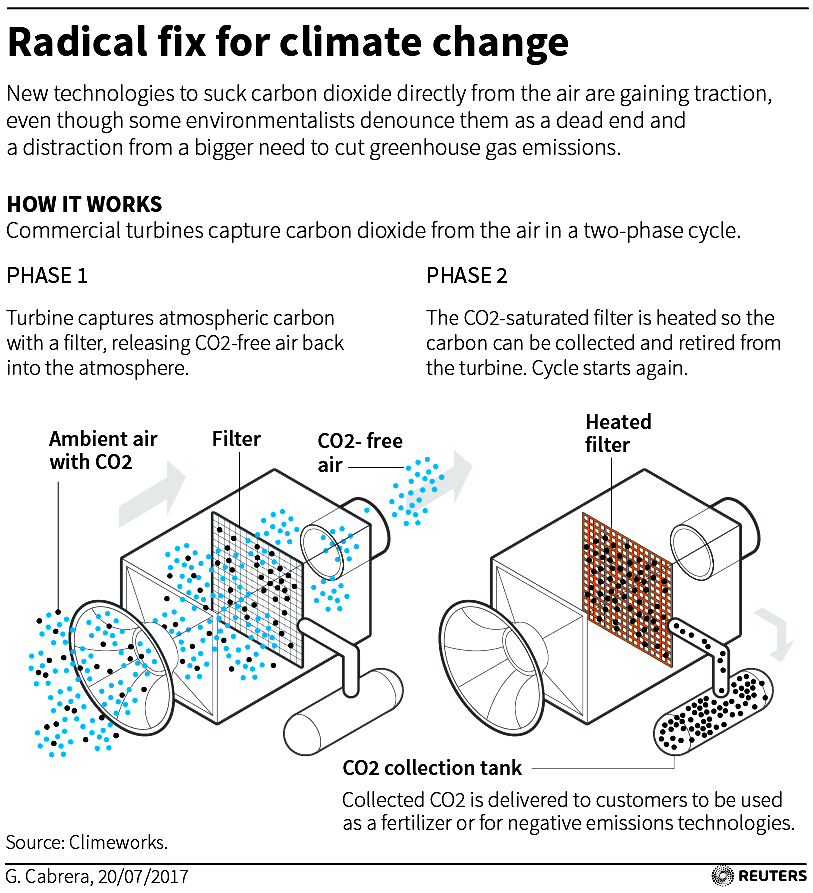
It’s Here – Geoengineering Now Normalized As Scientists Spray Chemicals To Dim The Sun, Soak Up CO2
These programs have been going on for a while now. We thought we were crazy for warning people about this?
By Claire Bernish | The Free Thought Project
Undeterred by steep cost and the interminable controversy on the very concept of global warming, scientists will again experiment with geoengineering – as a means to bolster the effect of cloud cover by seeding the atmosphere with chemicals meant to dim the light of the sun – in a concerted effort to cool the planet.
While the project will undoubtedly stir distrust among those already doubtful pumping the air full of chemicals could ever end well, ‘chemtrail’ theories have seemingly been proven recently, particularly as a growing number of projects aim to align with strictures from the laden Paris Climate Accord.
Unsurprisingly – considering the arrogance of meddling with nature – praise of its methods and even of its goal has been anything but unanimous.
Swiss company Climeworks coughed up $23 million and constructed a facility to begin collecting carbon dioxide and other greenhouse gases from the air in May using sizable fans and filters – billing itself the planet’s first “commercial carbon dioxide capture plant.”
Reuters reports,
“Climeworks reckons it now costs about $600 to extract a tonne of carbon dioxide from the air and the plant’s full capacity due by the end of 2017 is only 900 tonnes a year. That’s equivalent to the annual emissions of only 45 Americans.”
Another, “Carbon Engineering, set up in 2009 with support from Gates and Murray Edwards, chairman of oil and gas group Canadian Natural Resources Ltd, has raised about $40 million and extracts about a tonne of carbon dioxide a day with turbines and filters.”

Several additional companies have similar projects underway in the United States, Canada, and the Netherlands – but nascent technology and lack of cost-benefit efficacy mean carbon scrubbing, alone, won’t be sufficient.
Obviously, even that effort sees the world falling behind in guidelines agreed upon by major world powers in Paris in April 2016 – a grave concern for scientist-adherents who laud the cooperative attempt to stave off what many believe will be untenably hot conditions (a global average rise from the birth of industry of over 3.6 degrees Fahrenheit or 2 degree Celsius), should dense gases and particulates, like methane and carbon, continue filling the atmosphere, unhindered.
Considering renewable energy has only recently begun dethroning fossil fuels as the go-to source for power generation, emissions from manufacturing, vehicle exhaust, and innumerable other polluters should be expected to continue for decades – a dire concern, according to U.N. data – meaning additional solutions may have to take up the slack to make the goals of the Paris accord attainable, particularly now that President Trump announced the U.S.’ withdrawal.
“We’re in trouble,” Janos Pasztor, head of newly-created Carnegie Climate Geoengineering Governance Project, told Reuters of Earth’s putatively perilous warming. “The question is not whether or not there will be an overshoot [of the post-industrial maximum tenable temperature rise] but by how many degrees and for how many decades.”
“If you want to be confident to get to 1.5 degrees you need to have solar geo-engineering,” David Keith, of Harvard University, explained, referencing the preferred maximum 1.5-degree Fahrenheit rise in temperature, compared to what is considered the 2-degree point of no return.
Harvard will conduct a geoengineering experiment of its own in Arizona next year, for which private donors have already contributed some $7.5 million, as Reuters adds,
“Keith’s team aims to release about 1 kilo (2.2 lbs) of sun dimming material, perhaps calcium carbonate, from a high-altitude balloon above Arizona next year in a tiny experiment to see how it affects the microphysics of the stratosphere.”
Perhaps in response to popular but unproven allegations aircraft have been spraying the atmosphere with chemicals for years – a burgeoning theory called “chemtrails,” whose adherents believe aerosols are being sprayed from planes to fend off global warming (or for more nefarious purposes) – Keith asserted,
“I don’t think it’s science fiction … to me it’s normal atmospheric science.”
In this race to ostensibly undo damage inflicted upon the planet by human activity, some scientists would rather slam on the brakes. How the manipulation of weather and dimming of the sun’s rays at surface level will affect intricately-related planetary weather patterns – for example, monsoons – remains the subject of, pun intended, heated dispute.
Critics peg carbon scrubbing and other geoengineering tactics as only slightly palliative smokescreens masking the monumental task of actually cutting industrial and personal greenhouse emissions – and generally ending reliance and fealty to fossil fuels and polluting power-generation methods.
Instead of foisting tens or hundreds of millions on projects to compensate for greenhouse gas pollution stemming from dirtier energy, detractors imagine the money put to better use improving and implementing wind, solar, and other green energy sources. Curbing the amount of contaminants spewed into the atmosphere – rather than removing them after the mess has been made – seems infinitely more prudent and cost effective.
Even pro-geoengineering scientists haven’t aligned entirely behind a method to cool the earth – while some believe reflectant chemical additives may be necessary for adequate dimming effect, others admonish against the use of anything other than water vapour.
Whether geoengineering in any form – from simple cloud seeding to capturing, filtering, and using carbon from the air for other uses – will ultimately have any measurable effect on the Earth’s temperatures and climate is a question long from an answer.
Considering the topic of global warming has been itself fraught with unending contention, any plans to manipulate nature further as compensation for the stunning failures in foresight humankind has displayed over the decades since the birth of industry won’t necessarily find welcoming ears in the public.
After all, the same governments sanctimoniously warning of grievous consequences from carbon dioxide and other greenhouse gases reach deep into their coffers to subsidize the exact oil and gas industry – as well as other notorious environmental villains – largely responsible for the presence of such pollutants in the first place.
About the Author
Claire Bernish began writing as an independent, investigative journalist in 2015, with works published and republished around the world. Not one to hold back, Claire’s particular areas of interest include U.S. foreign policy, analysis of international affairs, and everything pertaining to transparency and thwarting censorship.
To keep up with the latest uncensored news, follow her on Facebook.
